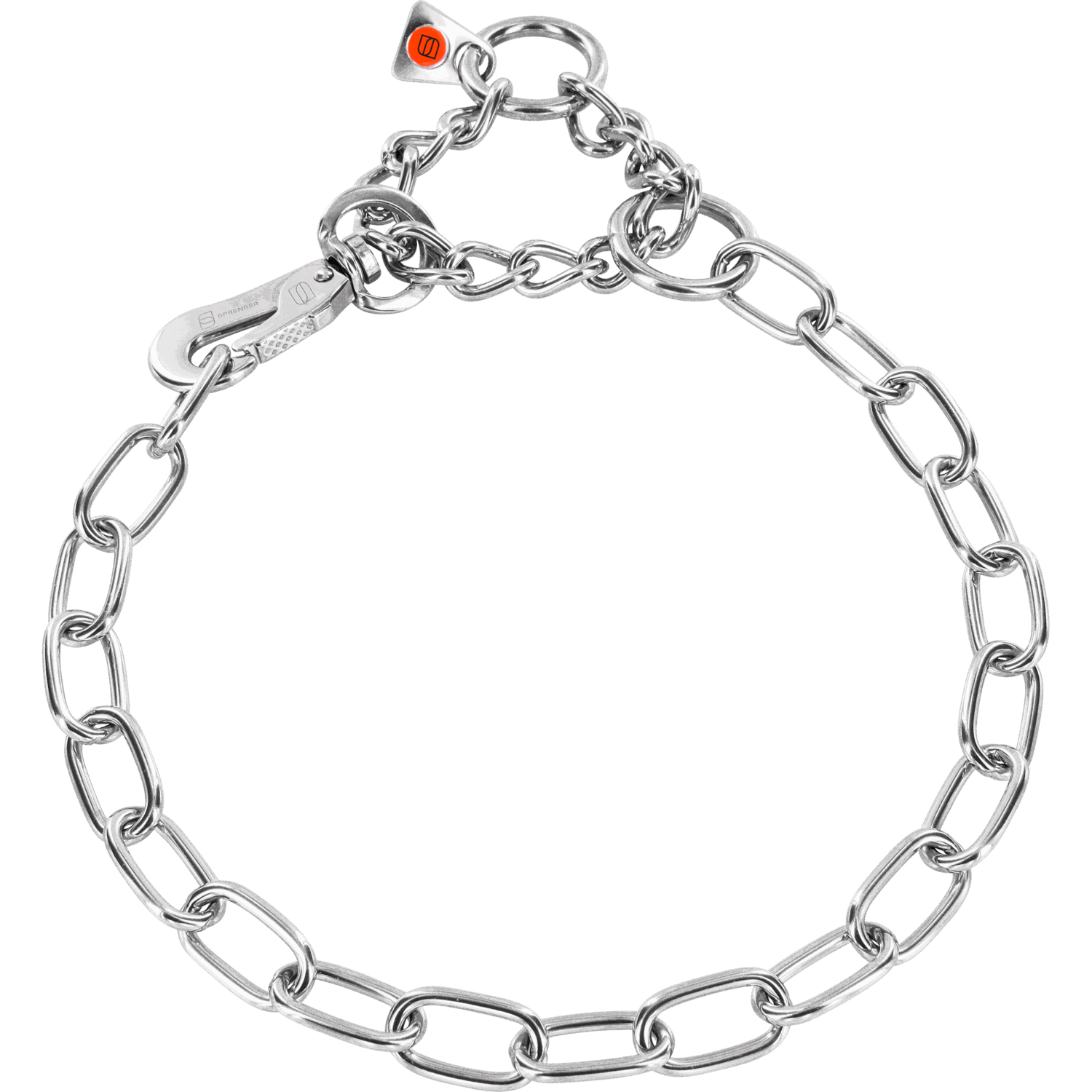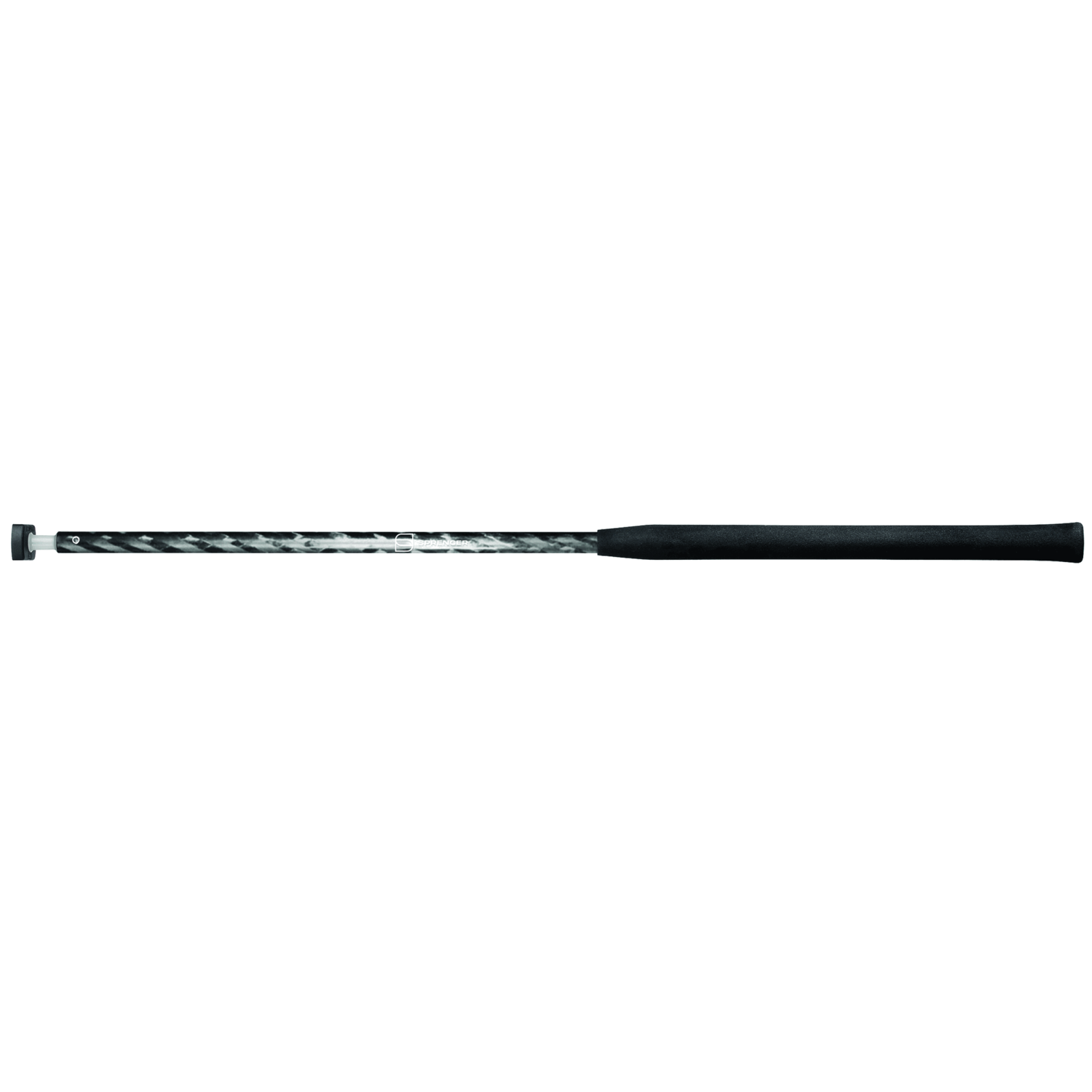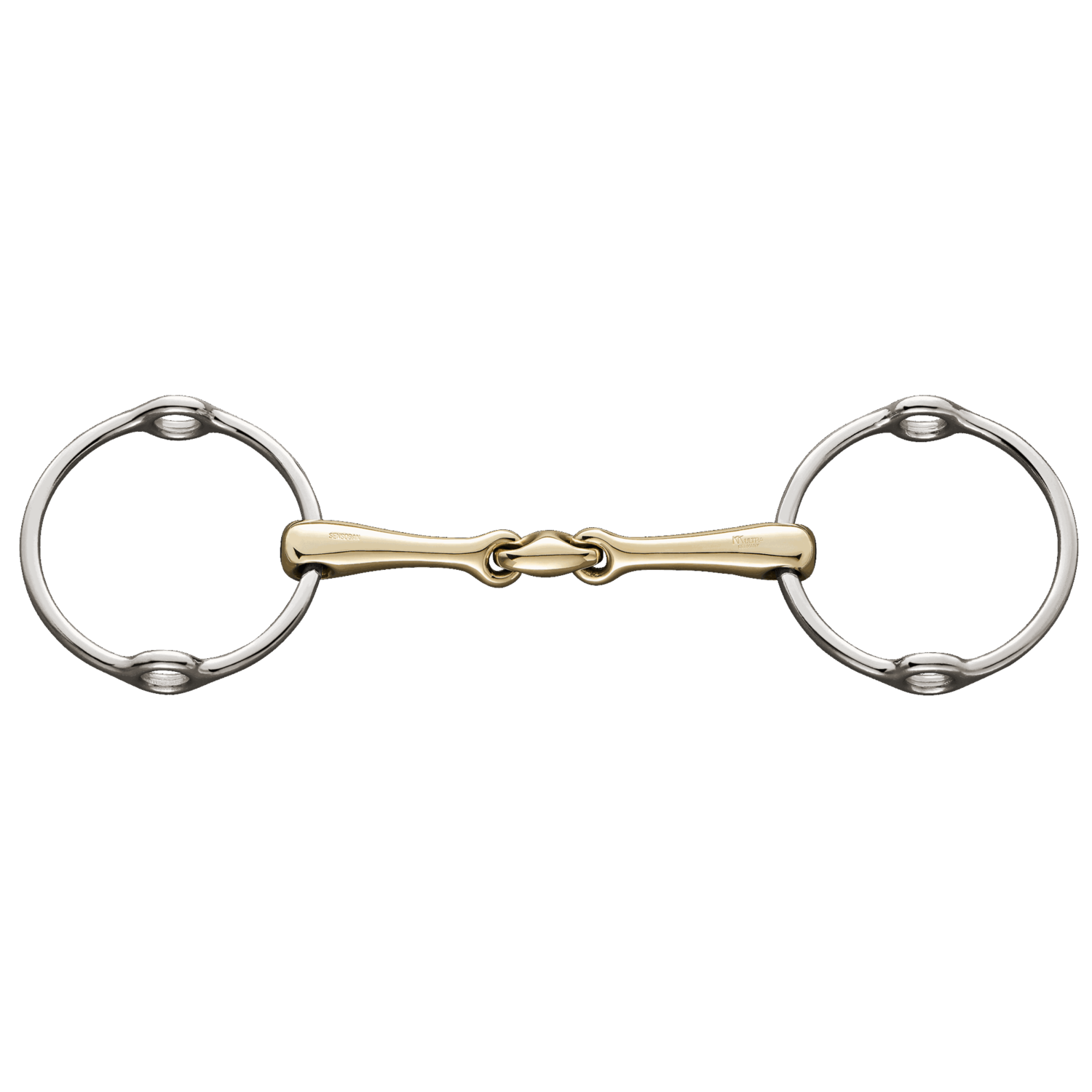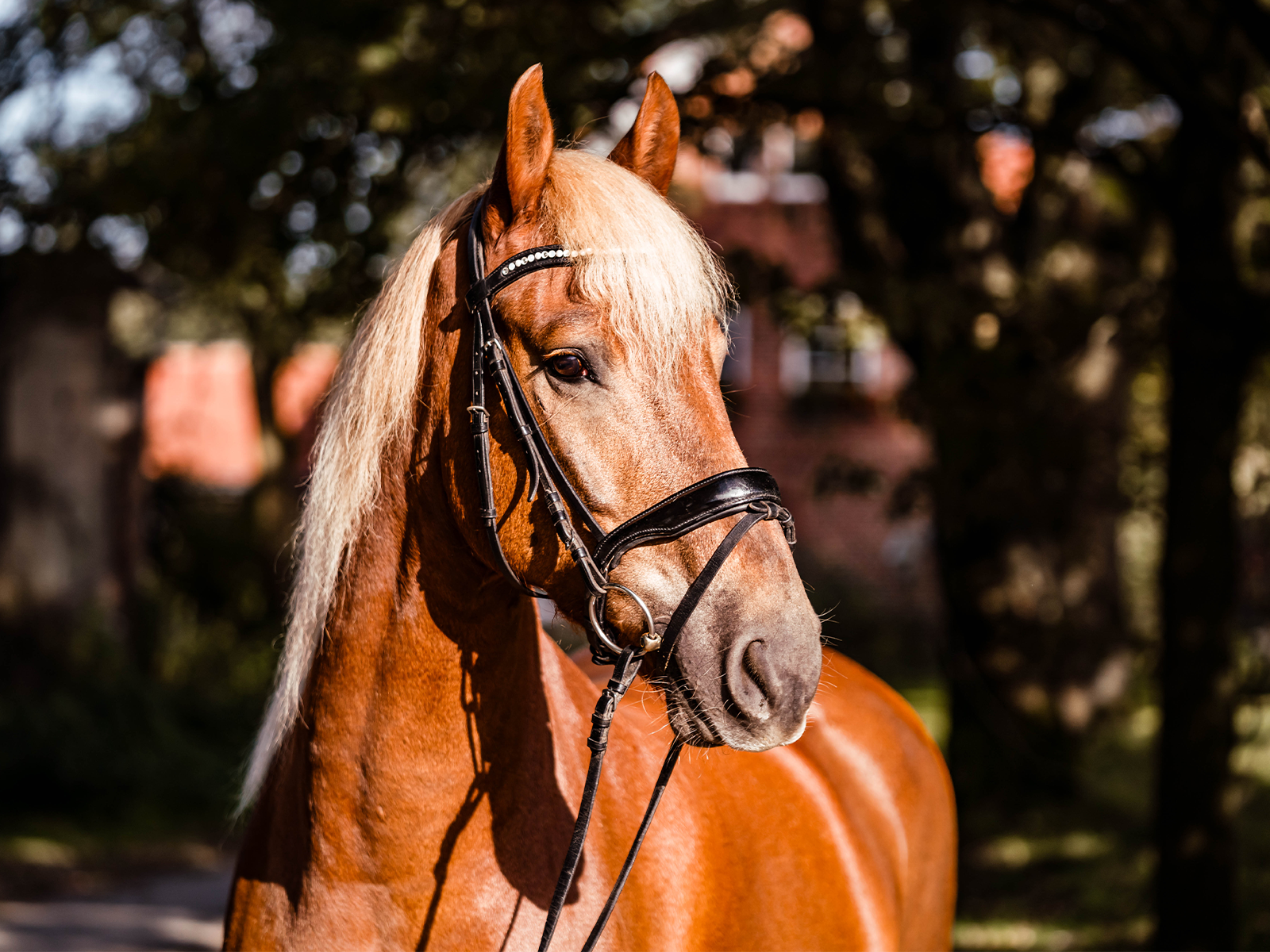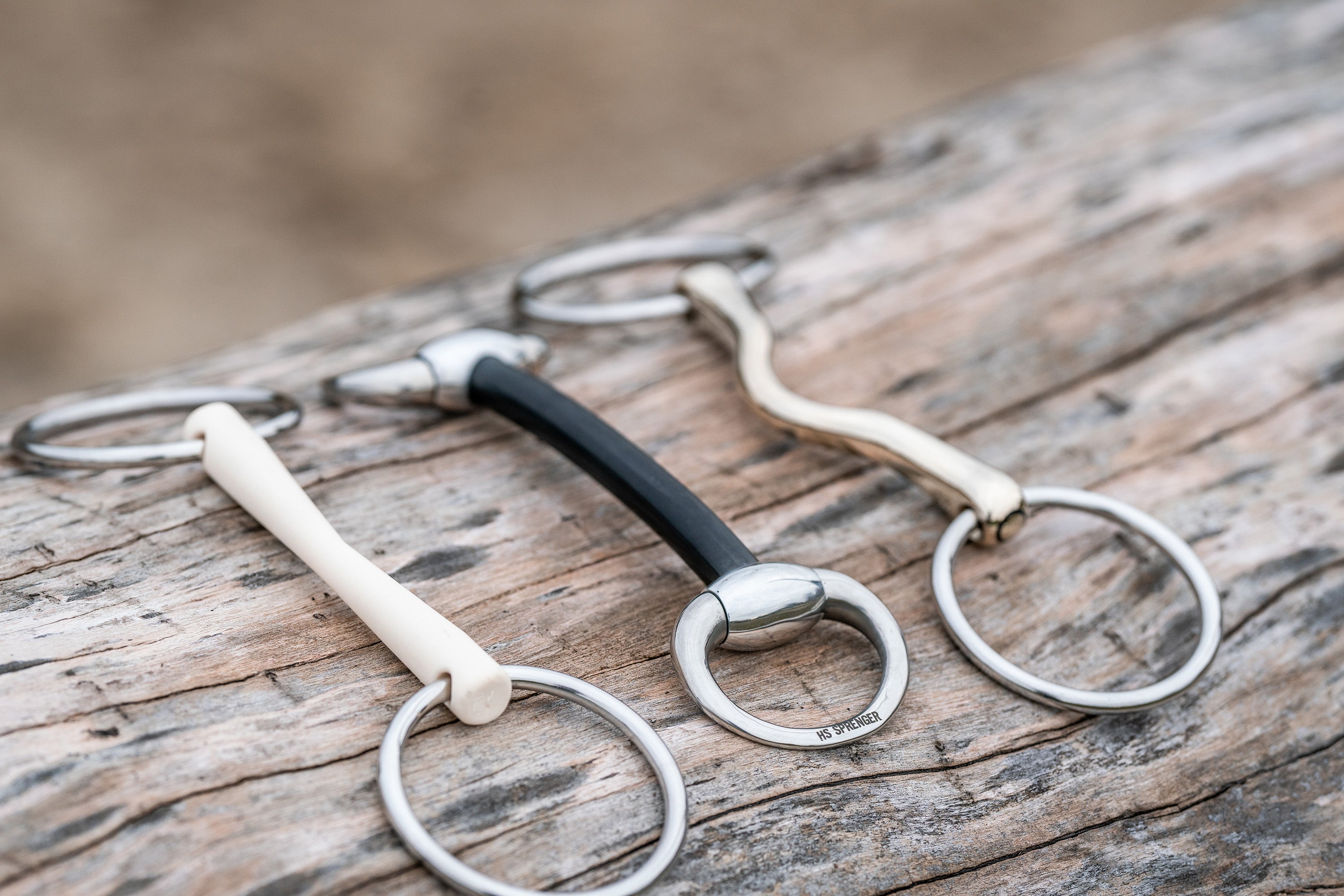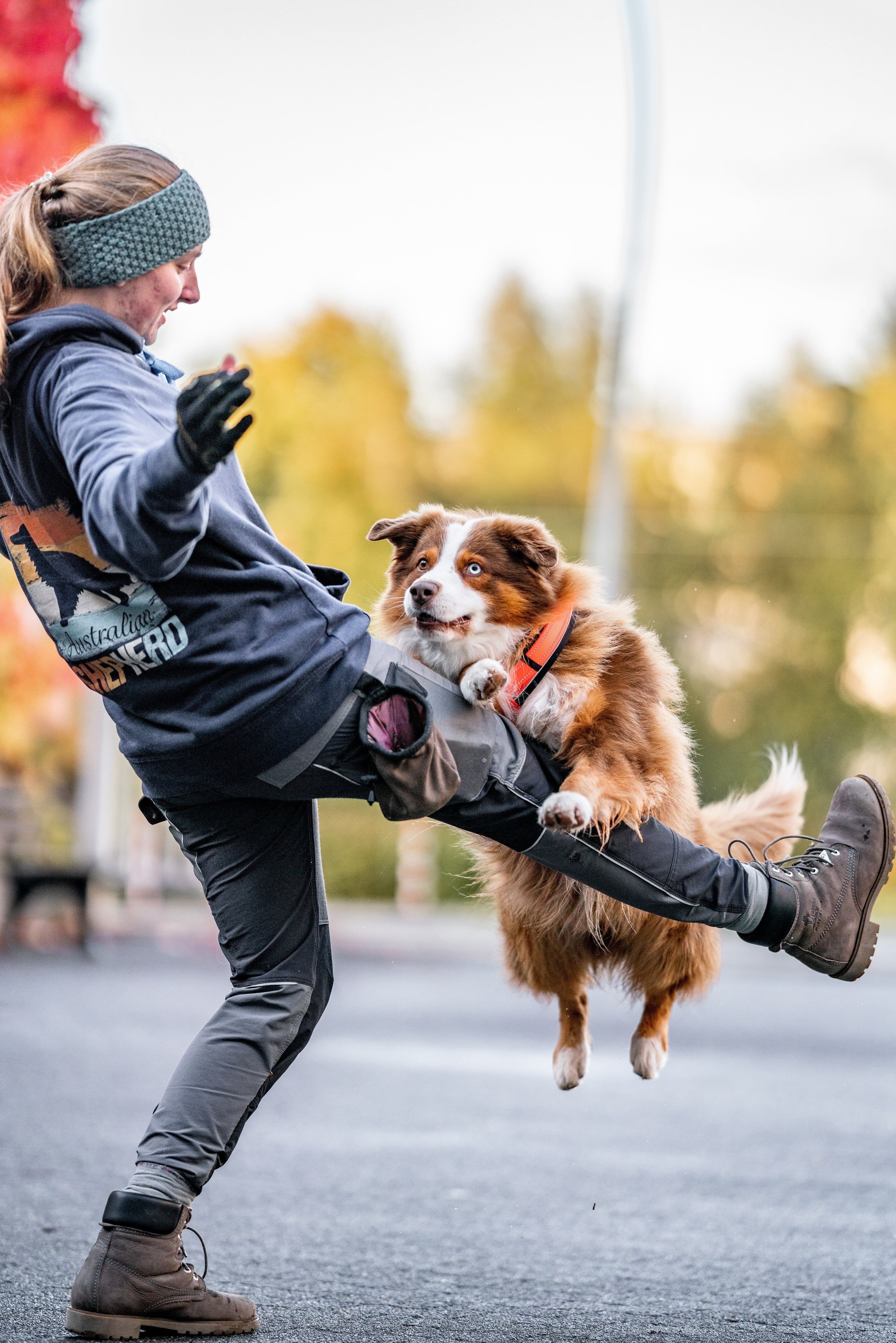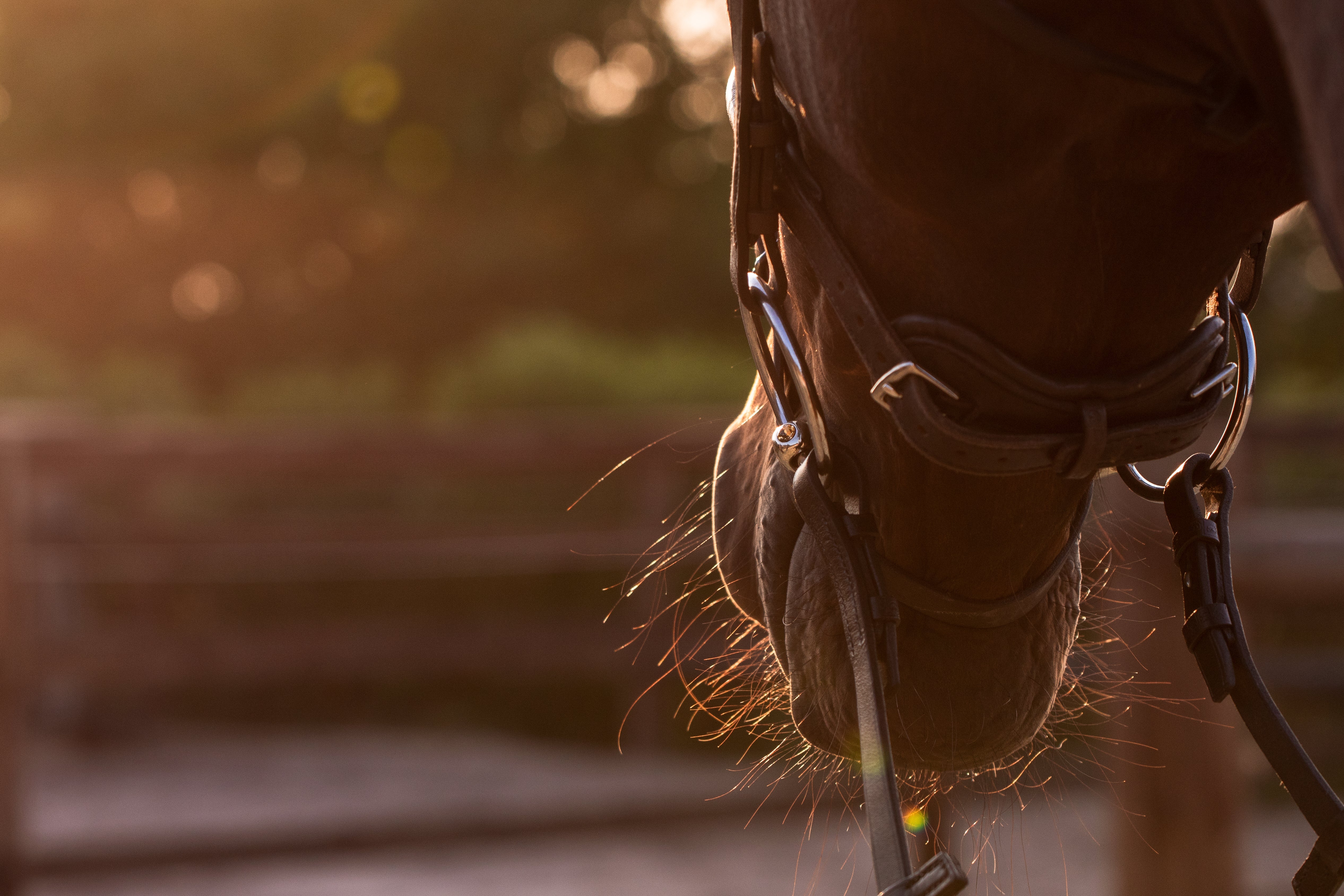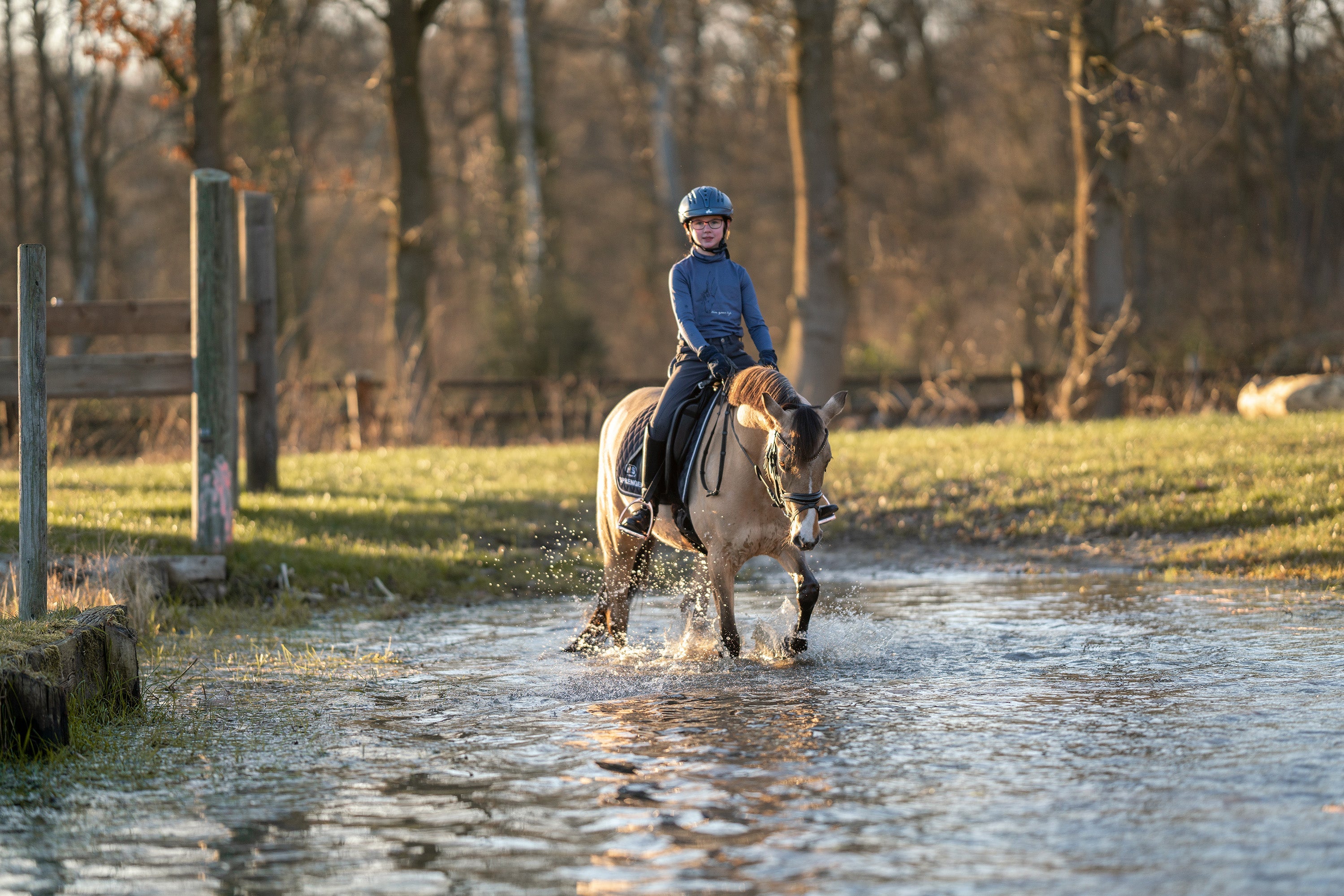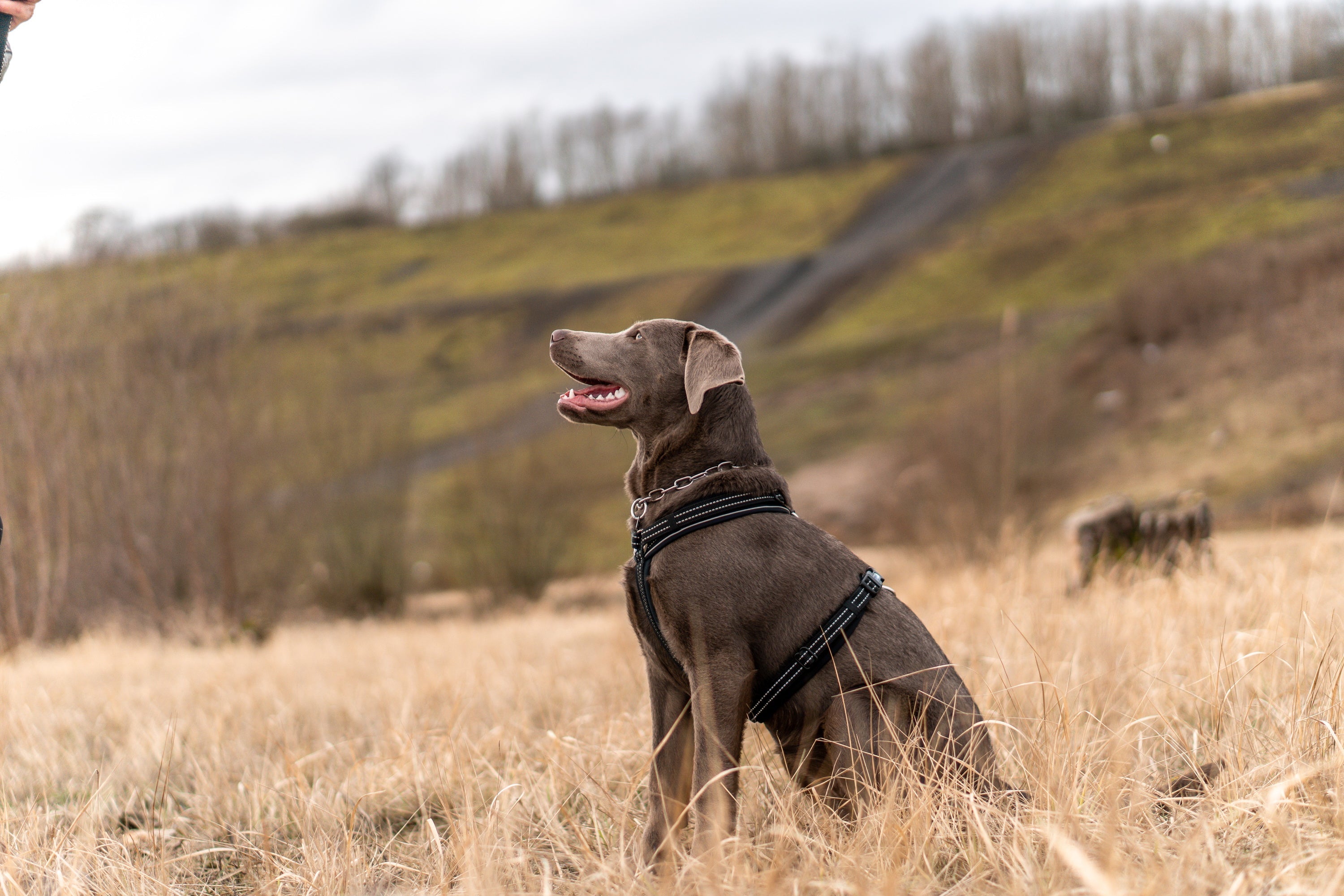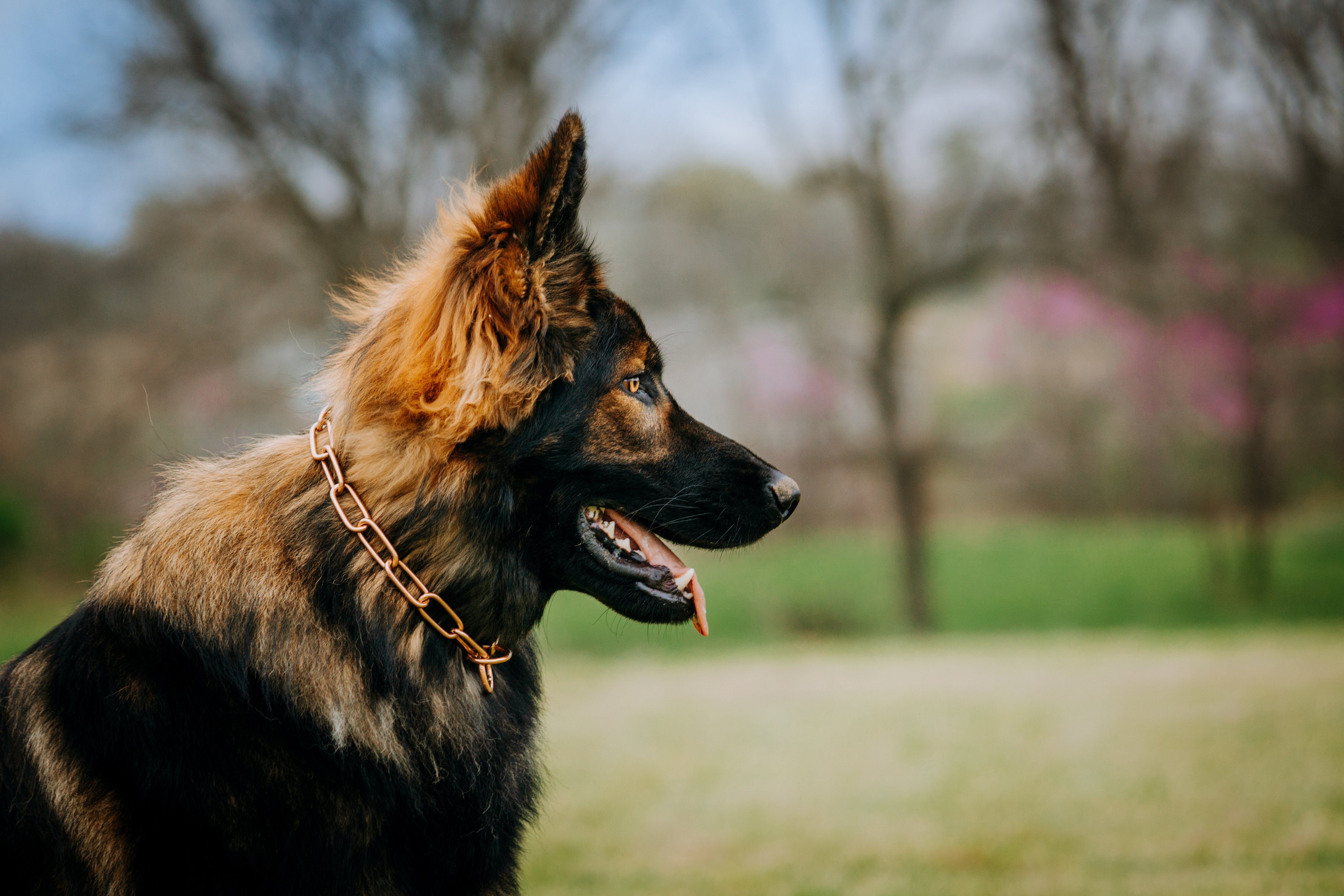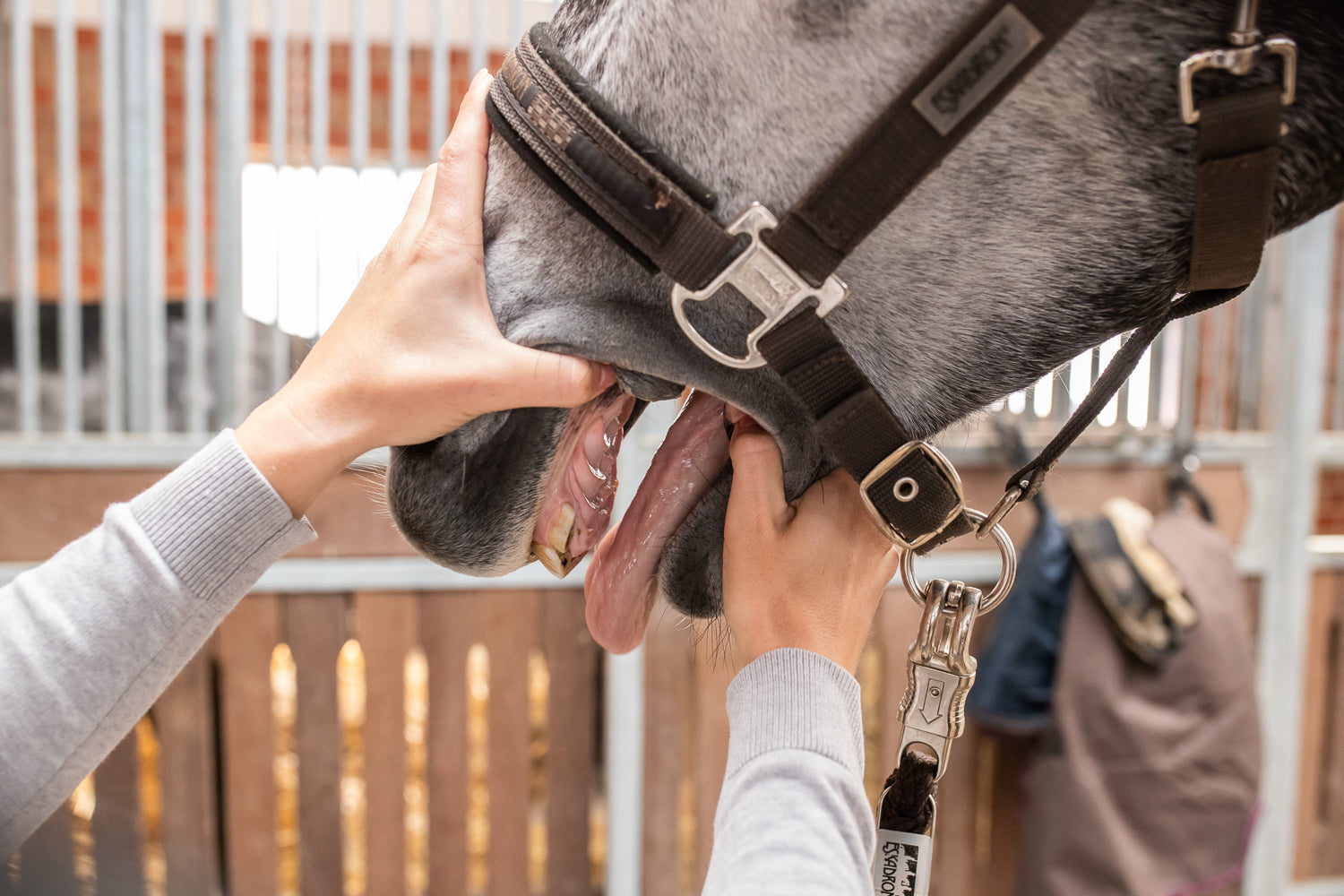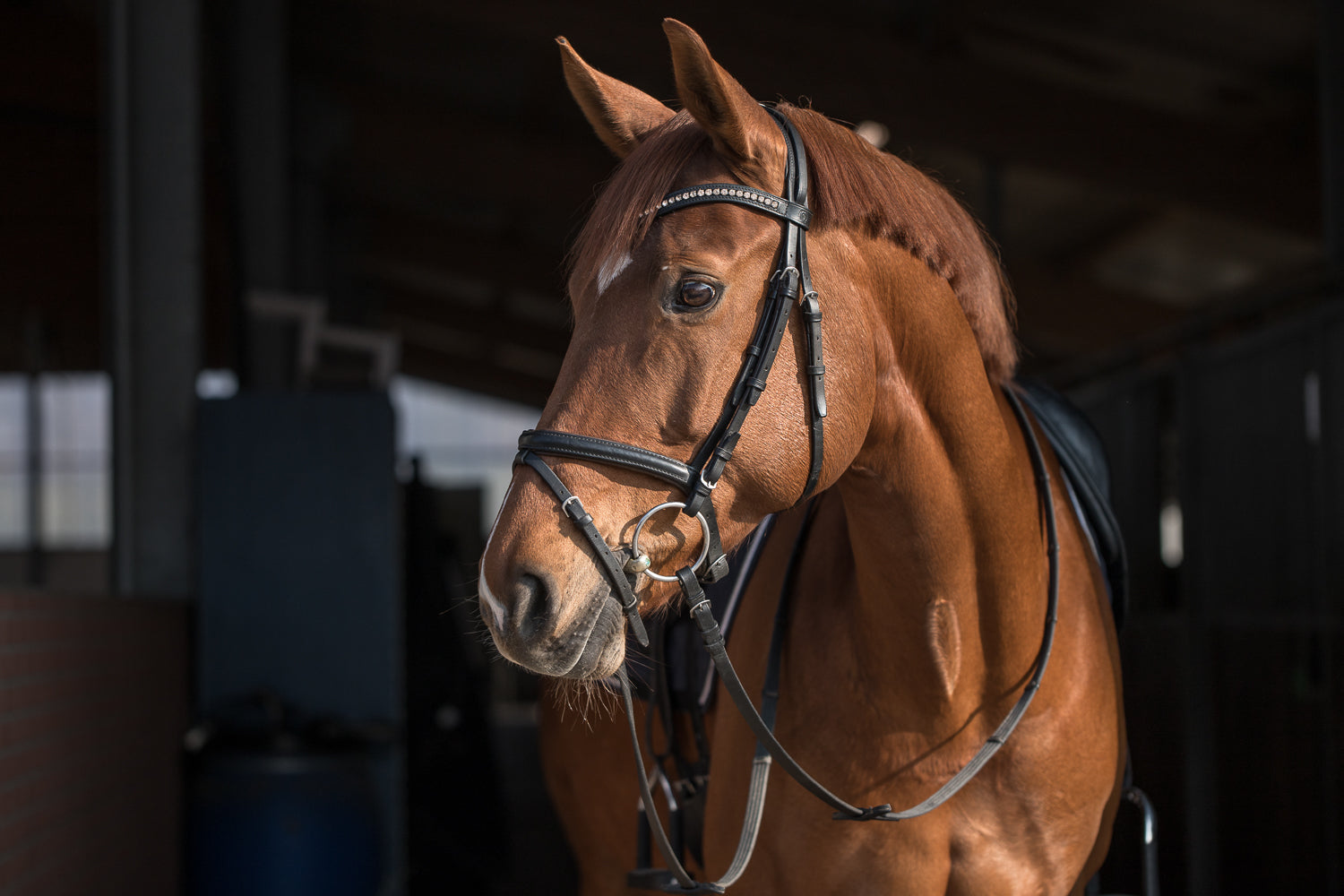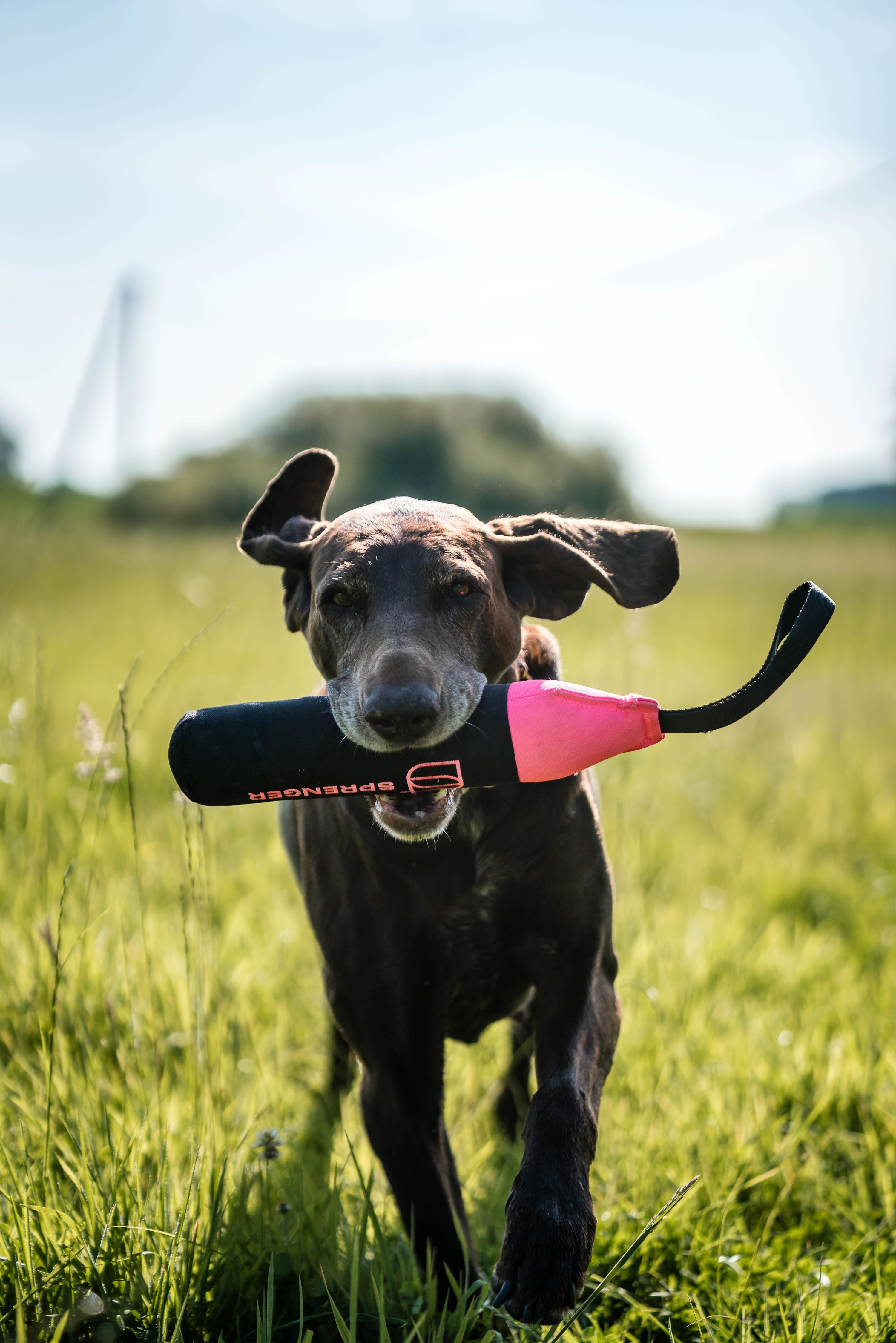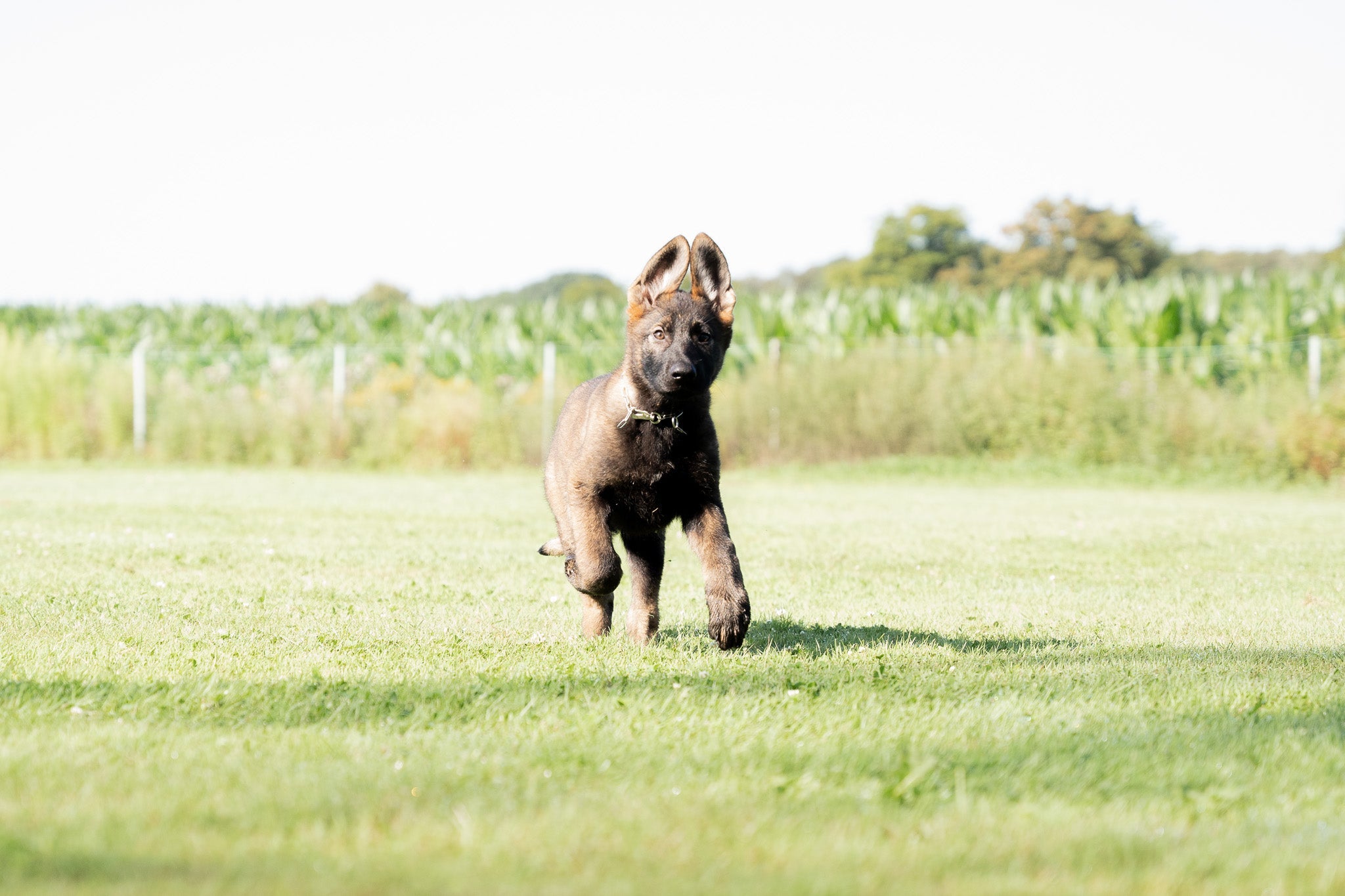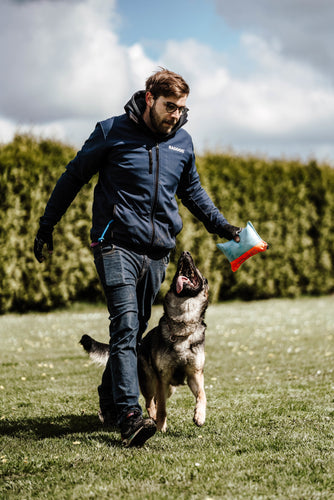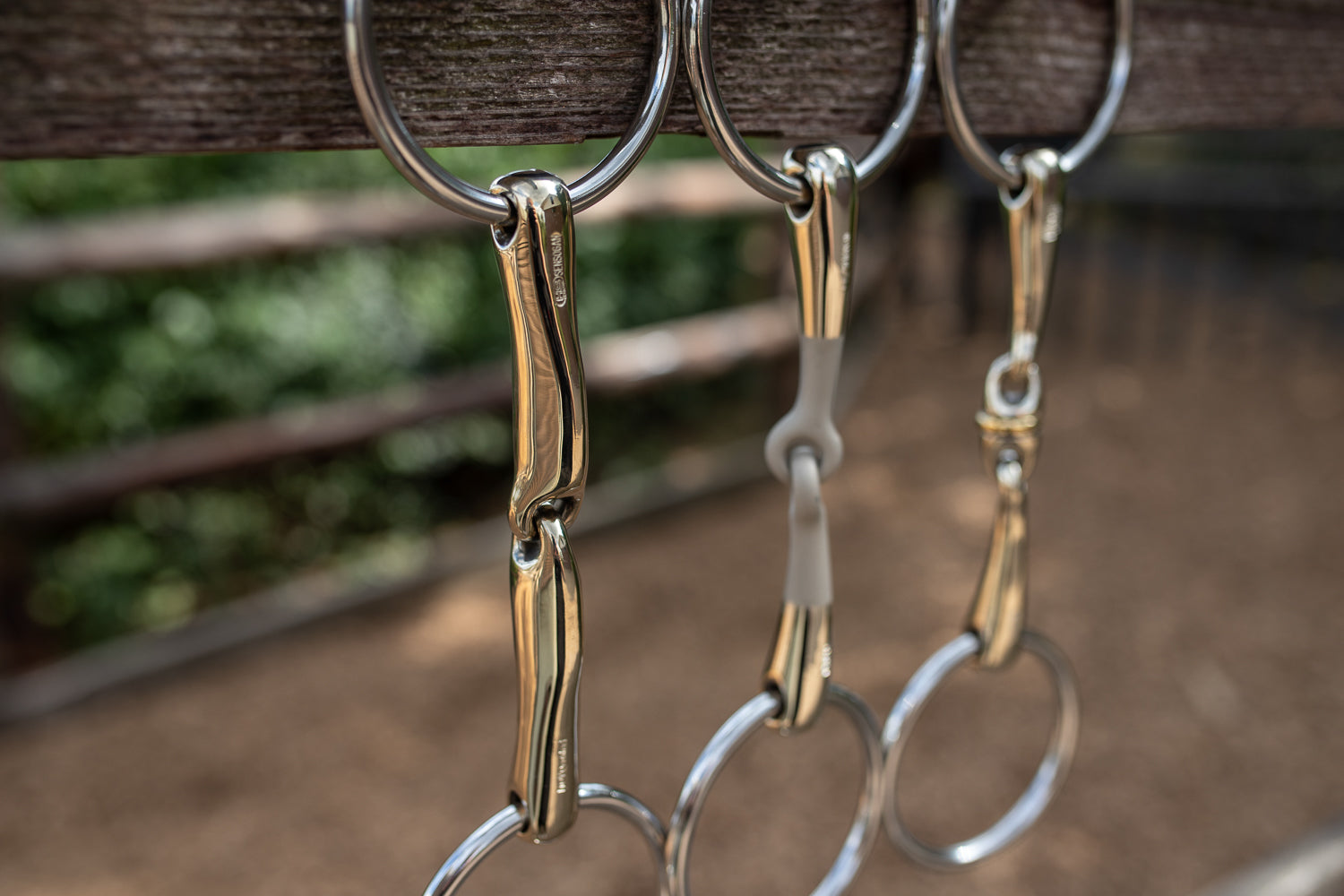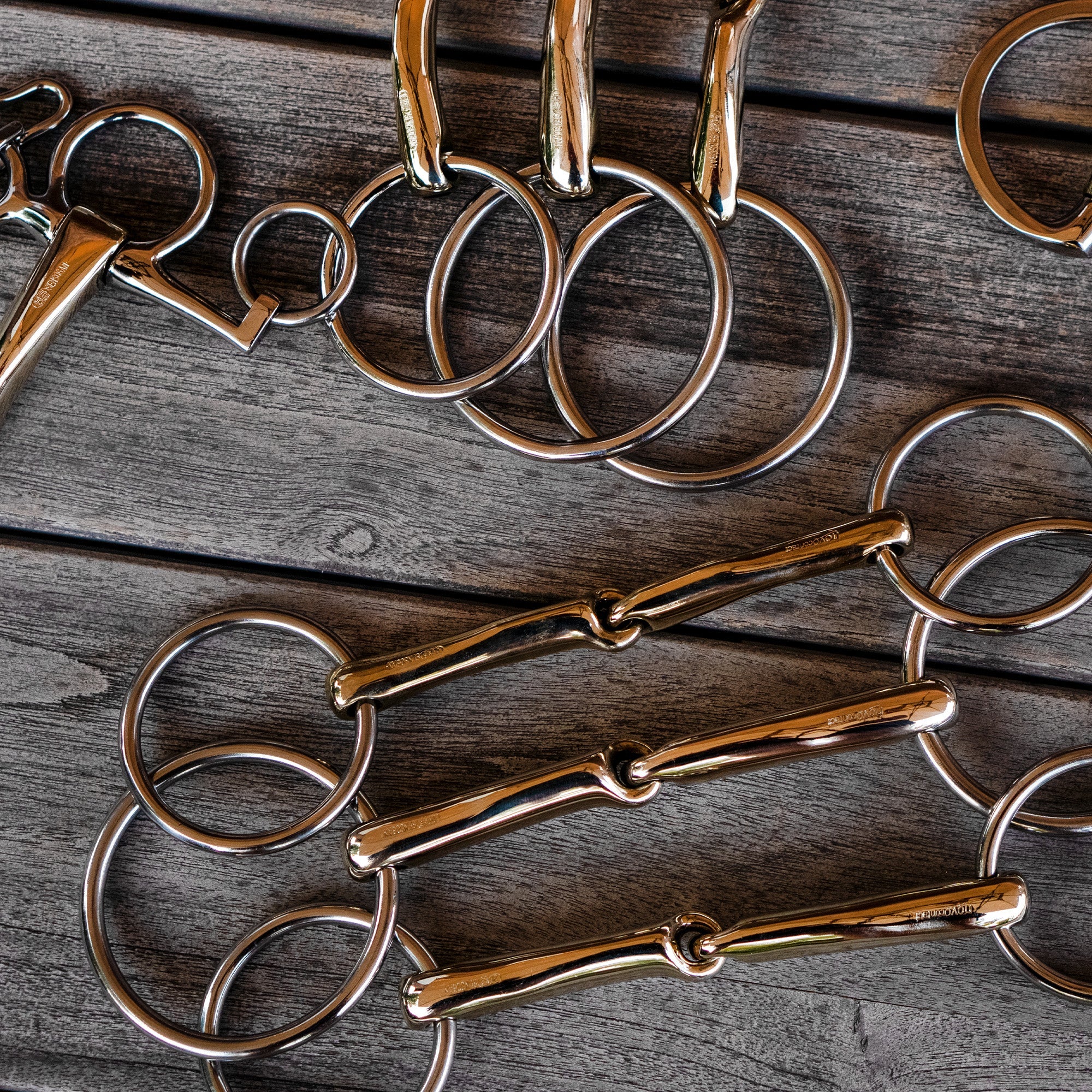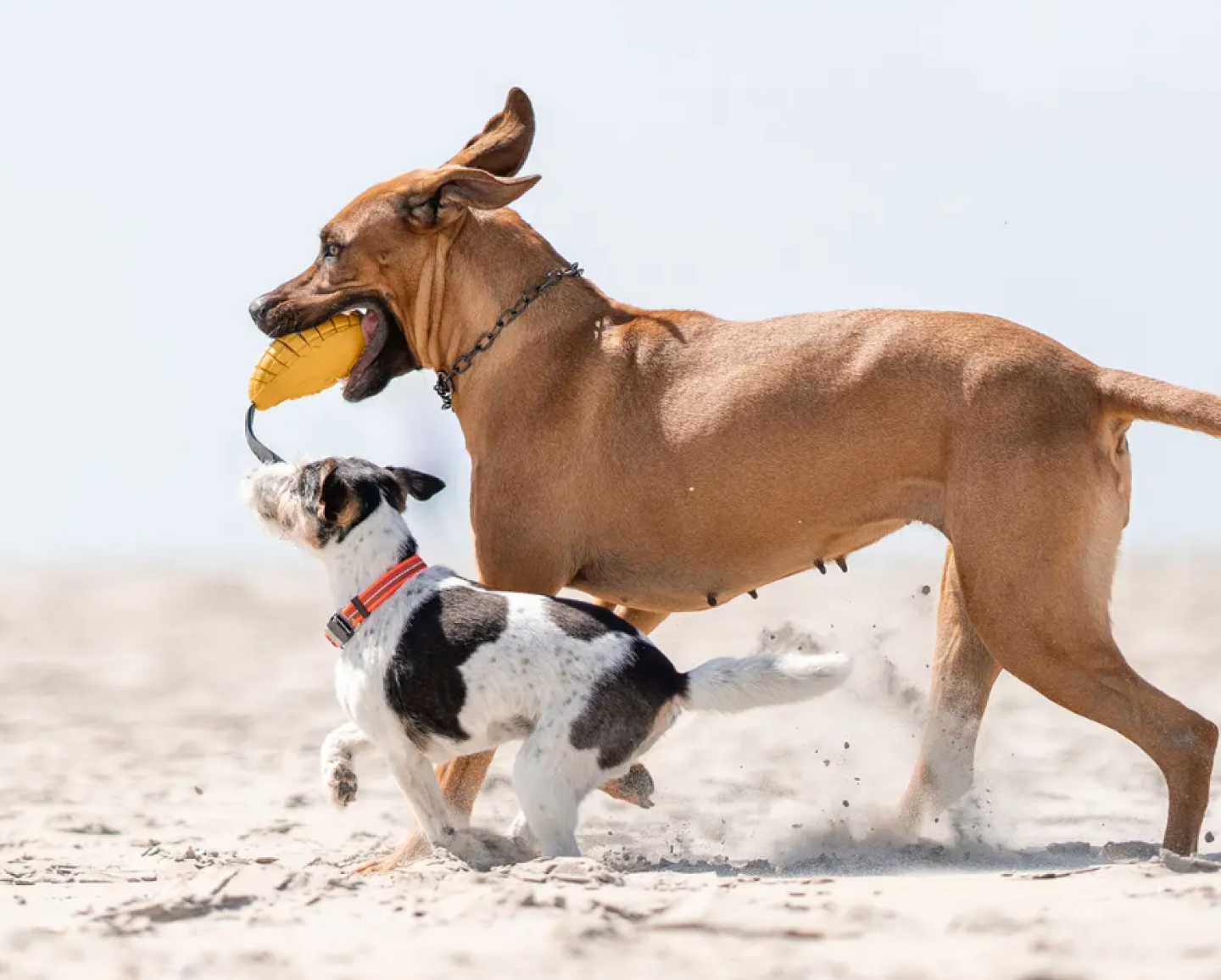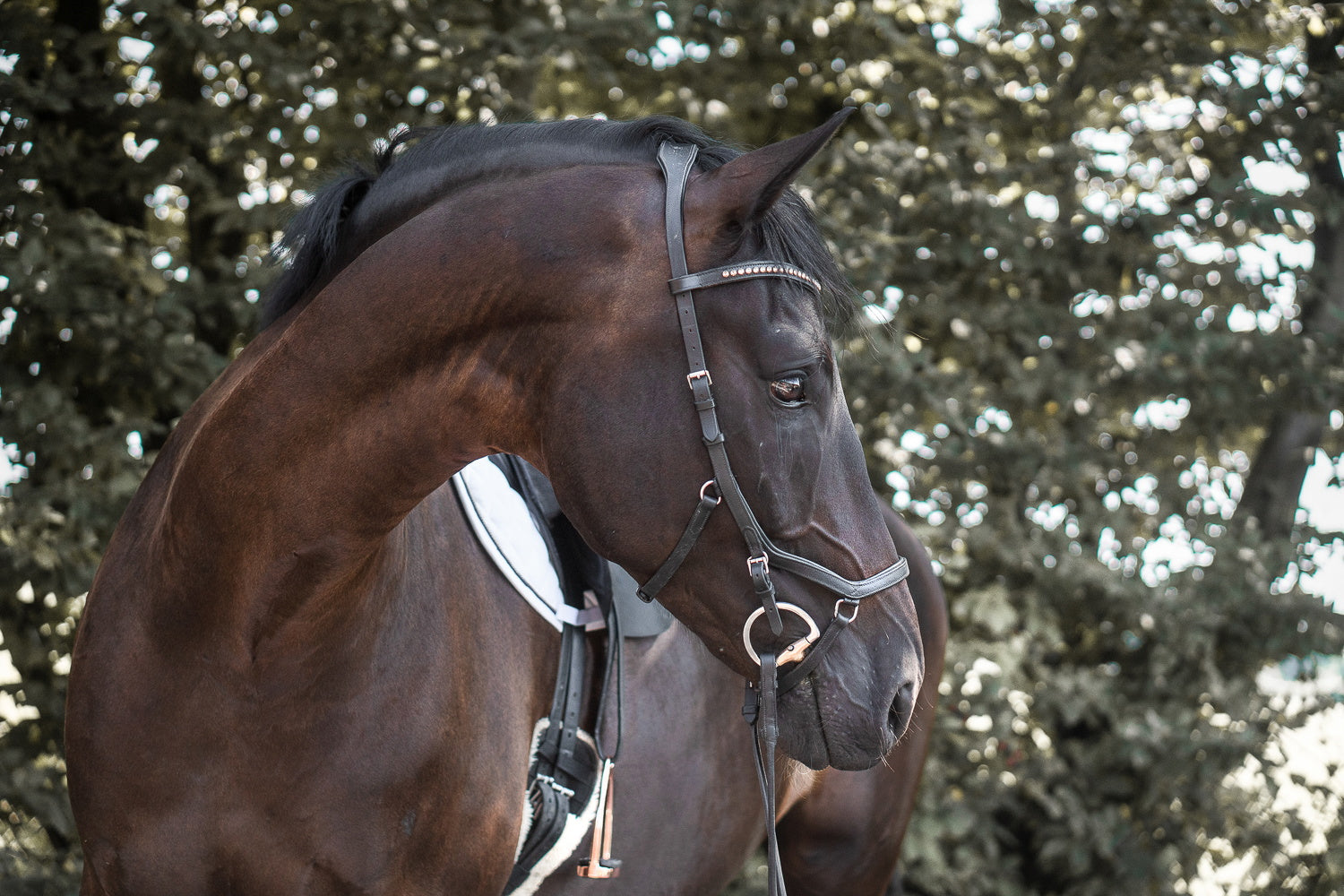
Does your horse lean on the bit? Don't worry, this is a problem that many riders are familiar with.
This behavior can significantly reduce the enjoyment of riding, as it makes it difficult to control the horse and impairs communication between rider and horse.
Many riders are already familiar with the game and know that most problems originate with the rider.
It is therefore also important to emphasize that this problem is often not only due to the horse, but also to the rider's influence.
A sensitive and differentiated approach to this topic is therefore essential.
In our blog post, we would like to look at some possible causes of the problem and present possible solutions.
This also includes the topic of which bit might be suitable for horses that tend to lean on the bit.

Horse lies down on the reins: causes
Before we look at the possible solutions and choice of bit, it is important to understand the causes of the behavior. There are several reasons why a horse might lie on the bit:
1. inappropriate bit: a poorly fitting or unsuitable bit that is uncomfortable or potentially causing pain to your horse can cause the horse to resist by putting pressure on the bit and leaning on the bit. To a certain extent, the horse thus withdraws from the rein aid.
2. lack of rider input: The problem of “leaning on the bit” is often due to a fault in the rider's input. Too strong or unsteady rein contact can cause the horse to push down on the bit in order to avoid the bit. A lack of self carriange and impulsion from the hindquarters can also cause the horse to lean on the bit.
3. pain or discomfort: Dental problems, temporomandibular joint problems or general discomfort can cause the horse to lean on the bit to avoid the pain.
4. stress and tension: A stressed or anxious horse may try to gain security by leaning on the bit, but this has the opposite effect.
5. lack of balance and muscle strength: A horse that has difficulty carrying itself and staying balanced tends to lean on the bit to maintain its balance. In young horses, or horses that are still at the beginning of their training, the problem usually disappears as they gain strength and balance.
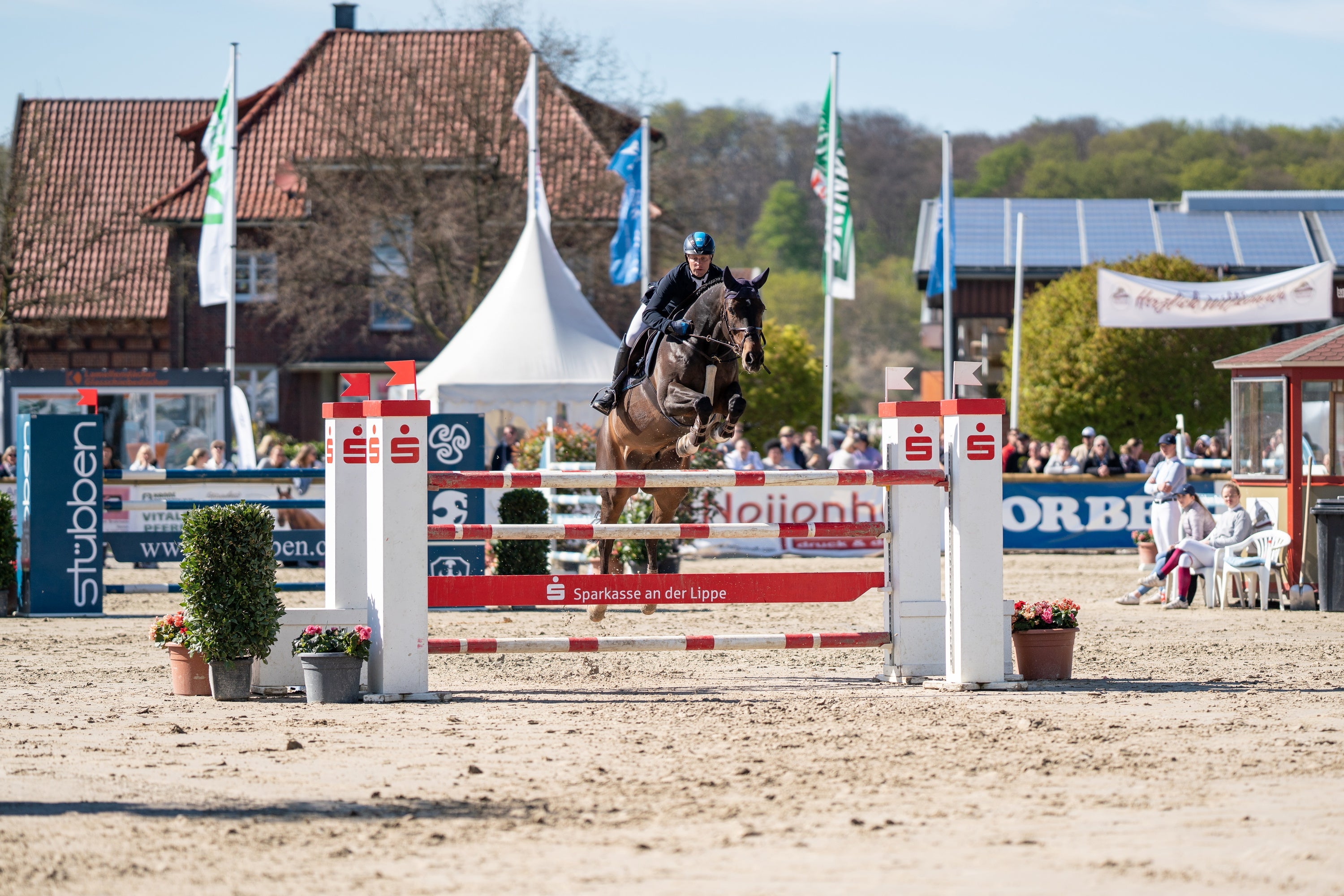
Solutions and training
To correct the behavior of 'leaning on the bit', the rider should consider a combination of different approaches.
This includes the choice of a suitable bit, but also adapted training and good stable management.
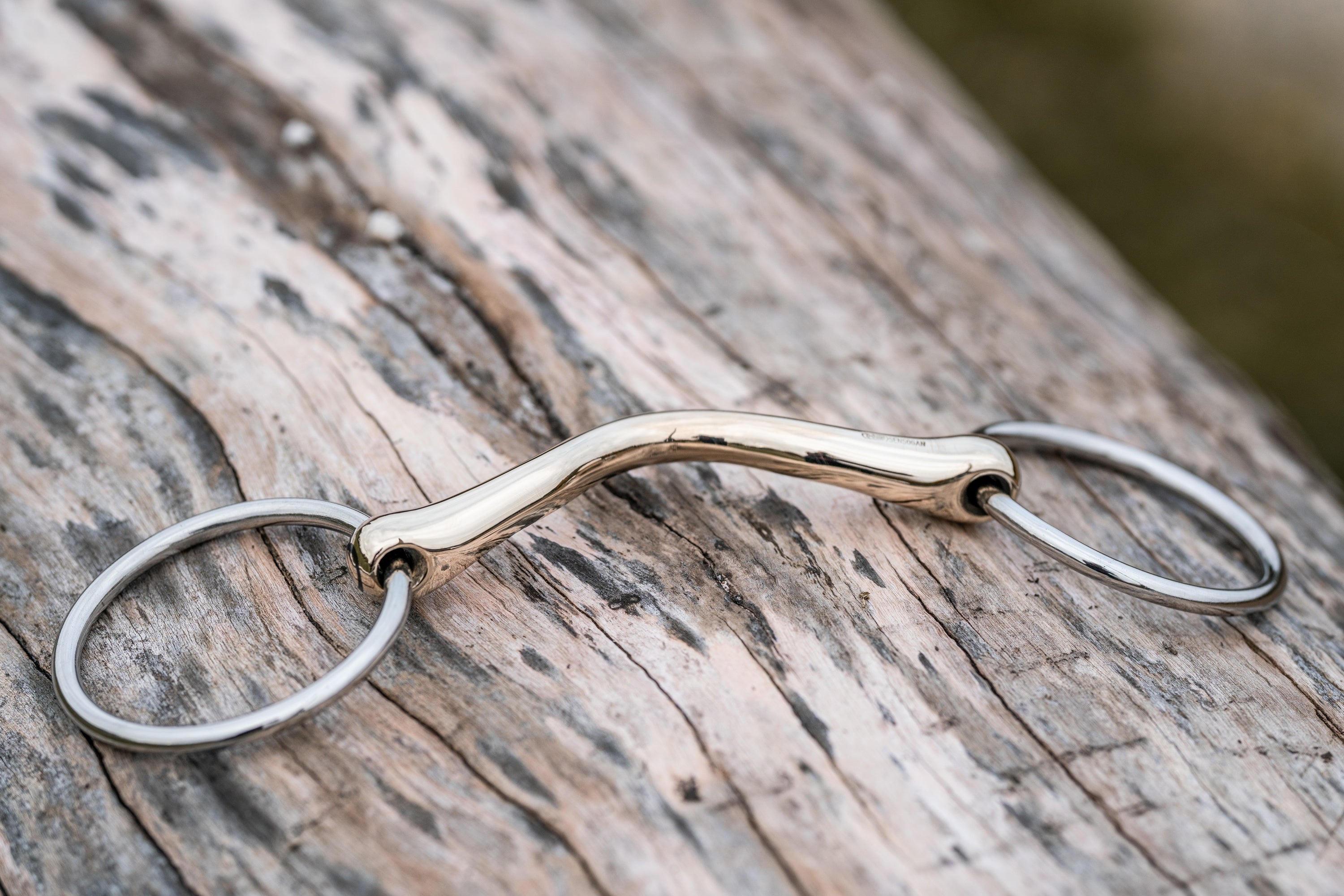
1.regular checking of your equipment
The bit should be checked regularly to ensure that no sharp edges or scratches can cause injury to the mouth.
A fundamentally unsuitable bit can cause pressure points and cause the horse to lean on the bit.
In addition to the bit, the bridle should of course also fit and be correctly buckled.
Most riders probably keep an eye on the saddle and have it checked regularly for fit.

2. Training for Strength & Balance
A key aspect of preventing the horse from leaning on the bit is developing strength and balance. Exercises such as transitions and lateral movements can help to strengthen the muscles and give the horse the strength to carry itself.
- Transitions: Frequent transitions (walk-trot, trot-canter) promote the horse's back activity and self-carriage. Make sure they are performed correctly and calmly so as not to unbalance your horse.
- Lateral movements: Exercises such as shoulder-in, leg yields or travers help to make the horse more supple and improve its impulsion, which in turn supports self-carriage.
- Bended lines: Riding on bended lines helps the horse to activate its inner muscles and balance itself better, which reduces the tendency to lean on the bit.

3. riding over the back
In order to be able to sustainably carry the rider's weight, the horse must arch its back and build up back muscles.
Back-friendly riding therefore plays an important role, as a horse that moves correctly over its back will be less inclined to lean on the bit.
In order for the horse to arch its back and drop its neck and seek contact, the impulsion from the hindquarters is also essential.
The horse should move from back to front through the body, this is the only way it can approach the reins and carry itself.

4. check-up by the vet and dental check
Regular visits to the equine dentist are essential to ensure
that there are no dental problems that could cause your four-legged partner to find the bit in their mouth uncomfortable.
A general check-up at the vet can also rule out other health problems, such as blockages or tension, which could cause 'pushing down on the bit'.
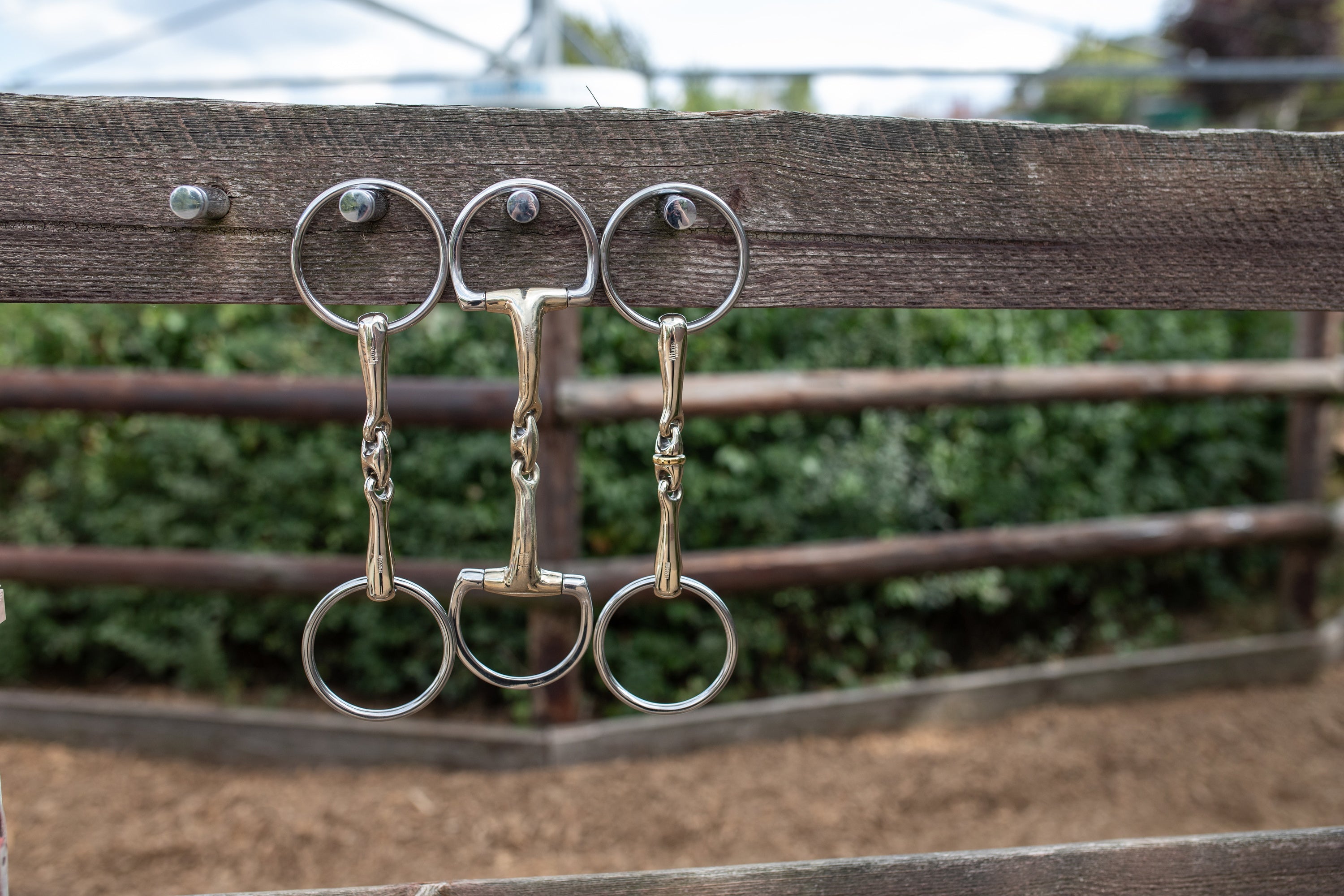
Choosing the right bit
Choosing the right bit is another factor in dealing with “leaning on the bit”. Different bits offer different effects, which should be adapted depending on the situation and the horse's behavior. The shape of SPRENGER bits is specially adapted to the anatomy of the horse's mouth. At the same time, the various models are designed to address specific problems and promote a trusting contact.
SENSOGAN as a bit material has also proven its worth in promoting acceptance of the bit. With its slightly sweet taste and oxidizing properties, the copper alloy specifically stimulates the flow of saliva and thus chewing activity. The chewing movement in turn ensures loose jaw muscles and topline, for a relaxed horse.

1. KK single jointed bit
Our single jointed KK bit can be a helpful choice when the horse leans on the bit and the rider has little influence.
This bit has a wave-like shape that exerts more impact on the edges and center of the tongue when the reins are taken.
The slightly faster reaction of the horse enables the rider to give finer aids..
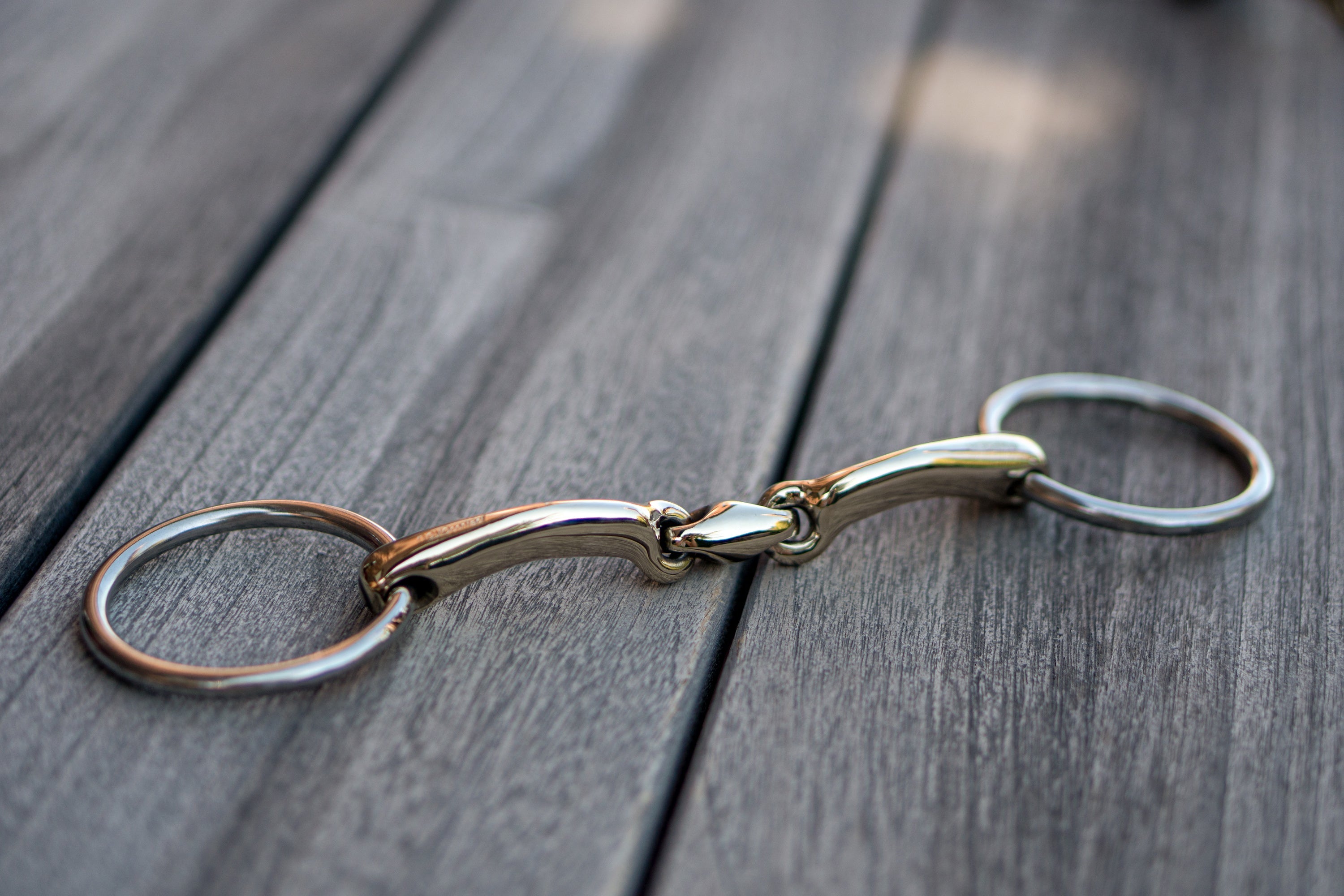
2. double jointed novocontact bit
If the horse only gets strong occasionally, for example during certain movements or at certain moments, a double jointed novocontact bit can be a good choice. The special shape of the novocontact bits ensures a wide contact surface with a low bit thickness.
This makes the bit particularly gentle with a soft connection and encourages the horse to approach the bit.
When the reins are pulled harder, the bit turns slightly towards the tongue, allowing the thinner edge of the bit to exert more pressure. The aids thus reach the horse's mouth more clearly. This special effect enables the rider to achieve a more precise effect when necessary without overstraining the horse.

3. MAX-Control bits
MAX-Control bits are also an effective choice when it comes to achieving more influence. However, with a light, constant contact, MAX-Control bits behave like a normal double jointed bit. Only when the horse becomes strong does the bit temporarily become a mullen mouth.
If the horse gives way, the mullen effect also diminishes immediately. This gives the rider the opportunity to have more control at critical moments without having to continuously apply more force.
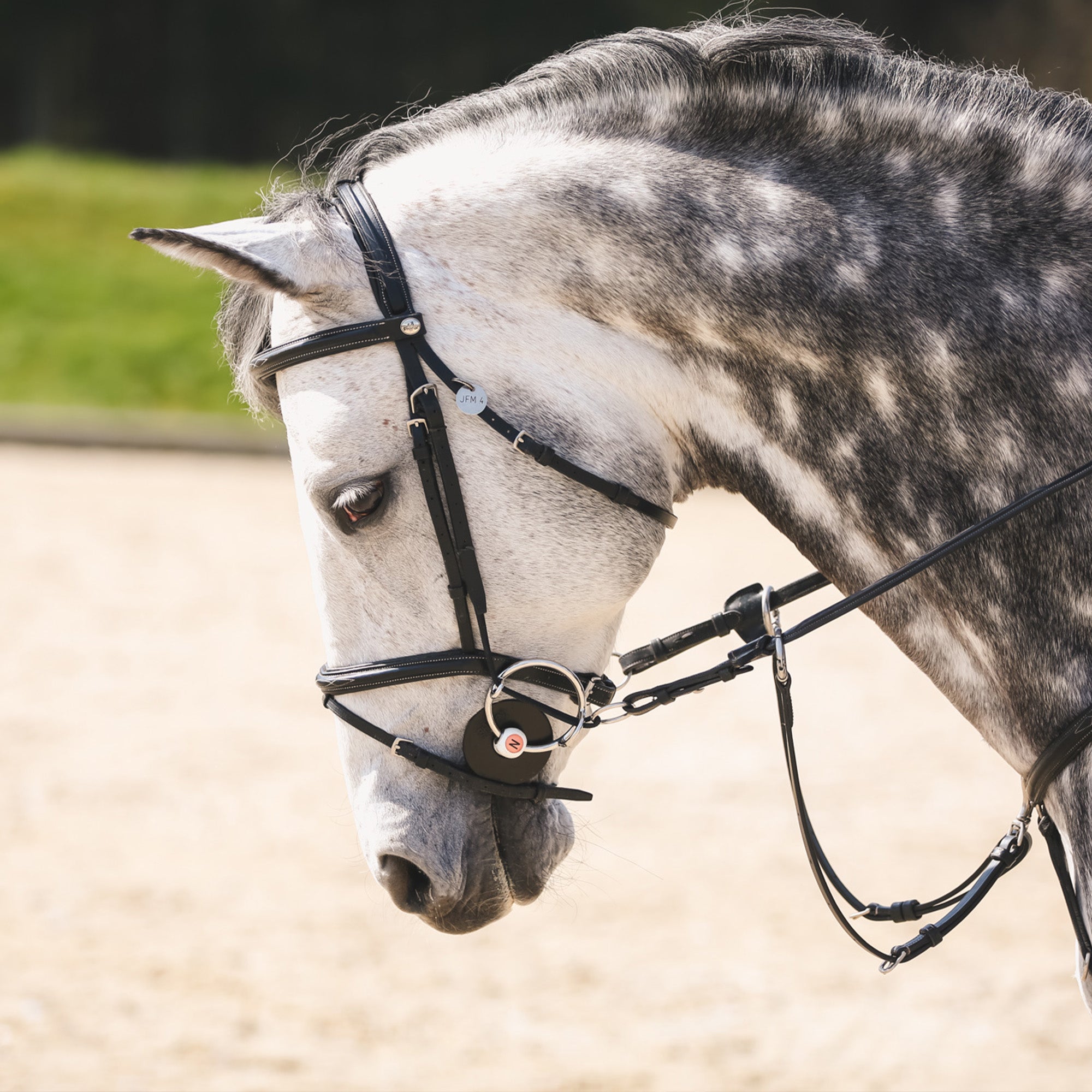
4. gag bit for show jumping
A gag bit can be a useful option for show jumping, especially for experienced riders.
This bit works via the corners of the mouth and prevents the horse from “diving”, i.e. pushing the head down too hard.
It offers additional influence without overly restricting the horse.
However, this type of bit should only be used by riders with appropriate experience and under the guidance of a trainer in order to avoid misunderstandings when communicating with the horse.
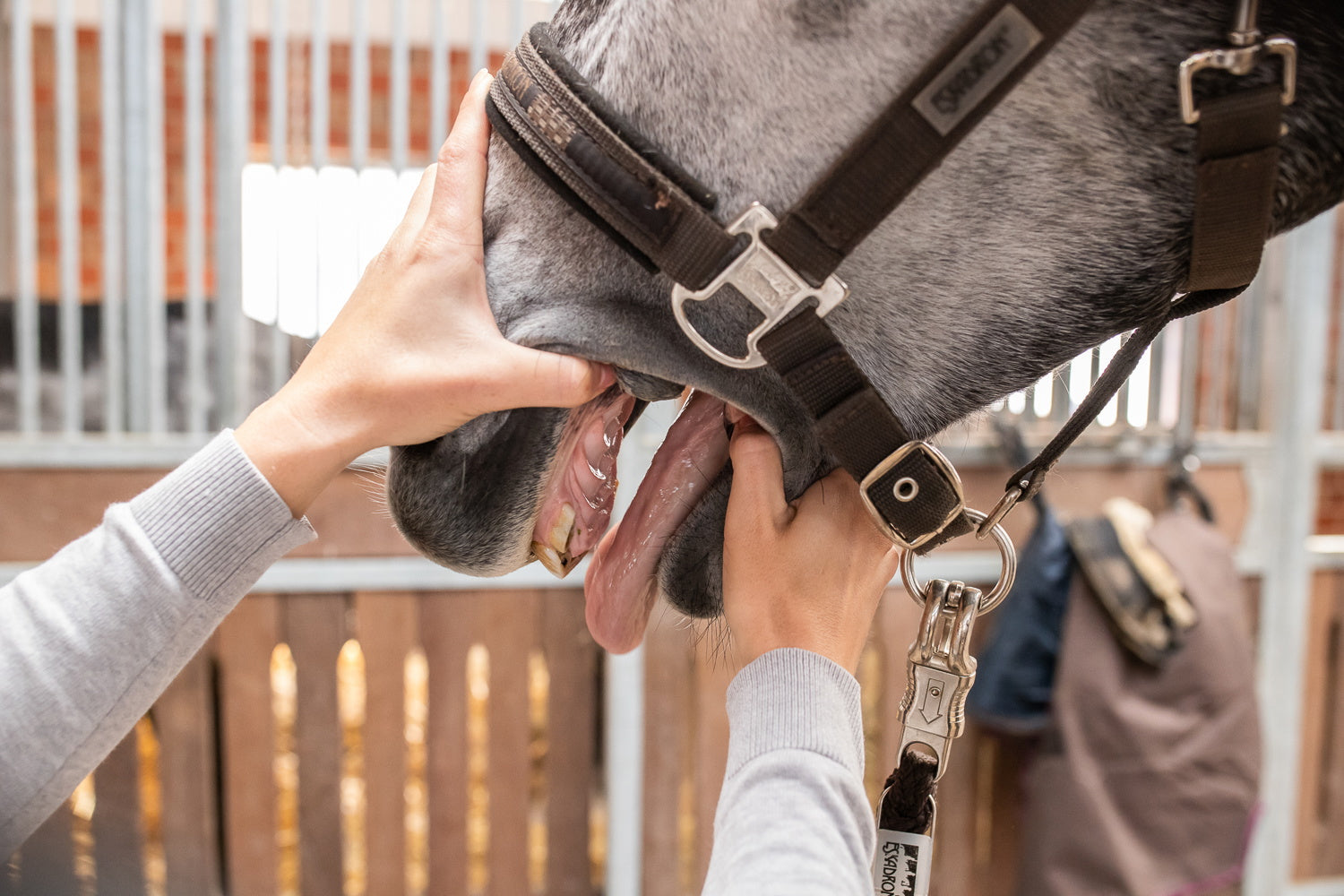
The importance of bit size and fit
The correct size and fit of the bit are just as important as choosing the right mouthpiece and side pieces.
A bit that is too large or too small can cause discomfort and cause the horse to lean on the bit to compensate for the pressure.
Therefore, the bit should be chosen so that it fits well in the horse's mouth without having too much play or being too tight.
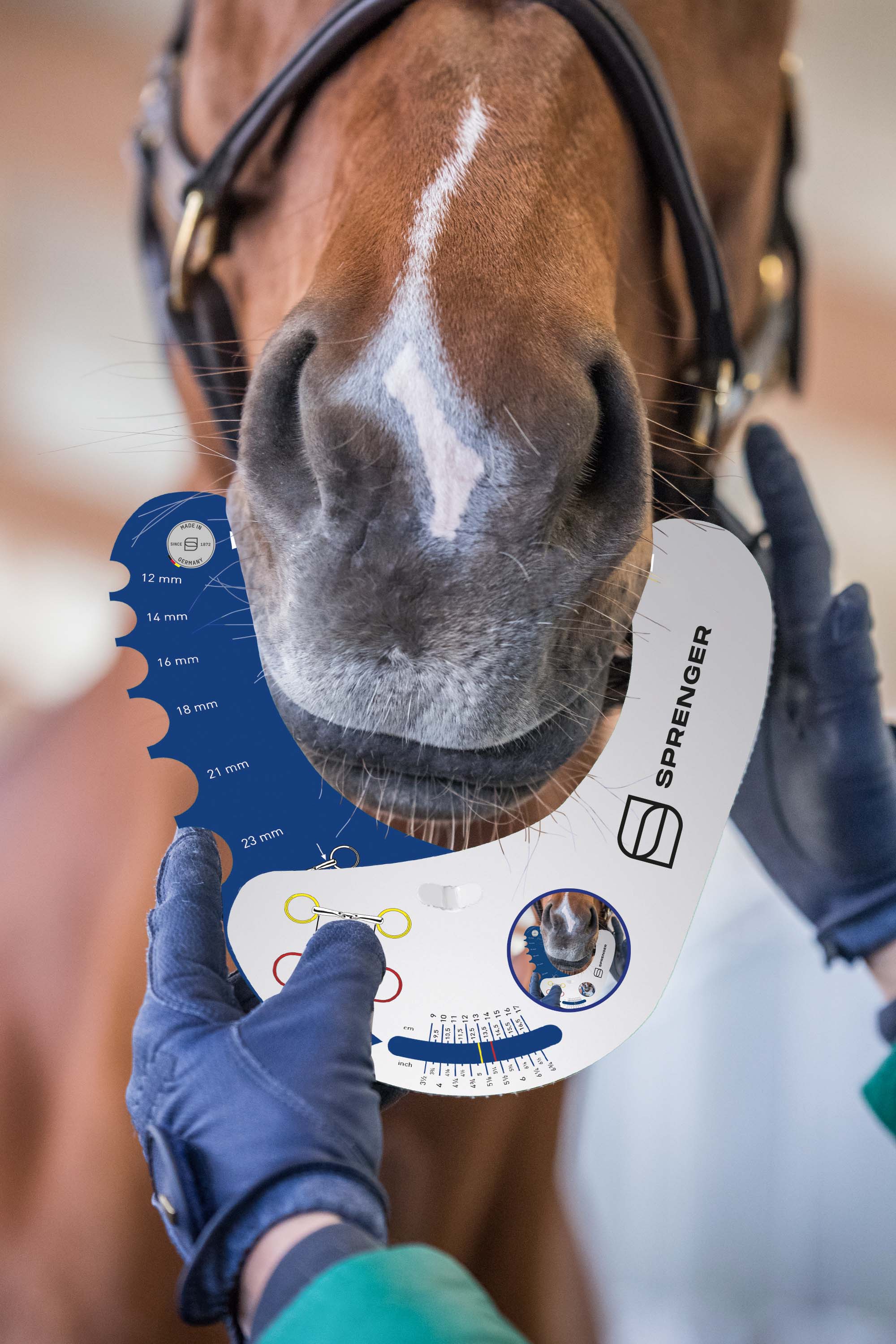
Correct bit width:
With loose ring snaffles, there should be a maximum of 3 to 5 mm space between the bit ring and the corner of the mouth.
Bits with fixed side pieces, such as eggbut bits or full cheek snaffles, should rest directly on the corner of the mouth in order to exert a lateral limitation.
For this reason, they are generally selected one size smaller than a loose ring snaffle.
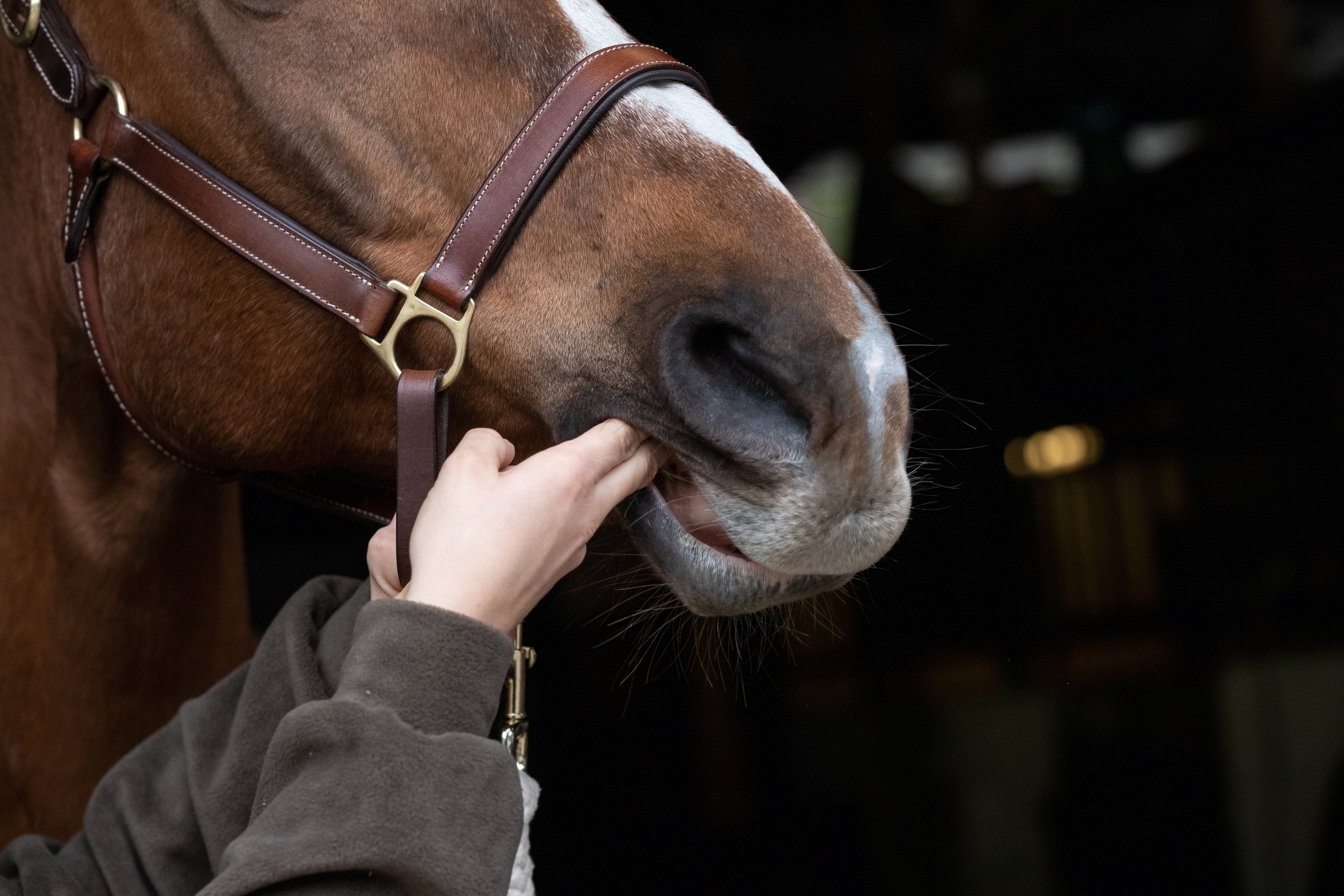
Correct bit thickness:
The thickness of the bit also plays a decisive role. For horses with a small mouth or a low palate, thinner bits are often the better choice to avoid pressure points on the palate or tongue.
You can easily determine how much room there is in your horse's mouth with the two-finger test. Thinner bits are often mistakenly described as “stronger”, but this cannot be confirmed.
It is important that the bit is adapted to the anatomical conditions of the horse's mouth.
The rider's hand ultimately determines the intensity of the impact.

Conclusion
The problem of “leaning on the bit” is complex and requires a combination of the right equipment, targeted training and close collaboration with experts such as trainers and veterinarians.
It is important to recognize that rider input plays a central role and is often the key to solving this problem.
Choosing the right bit can be a valuable aid, but should always be considered in the context of the overall training approach.






